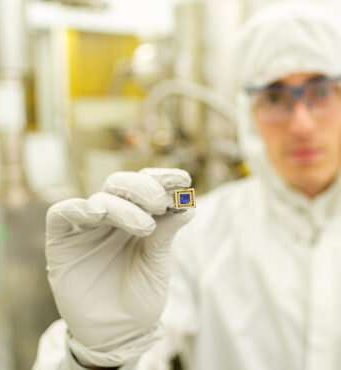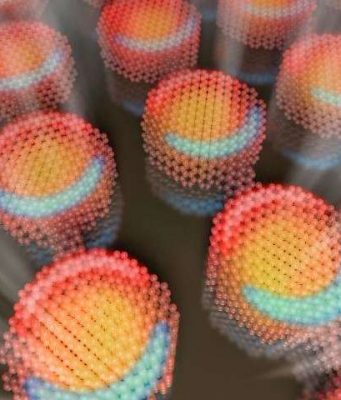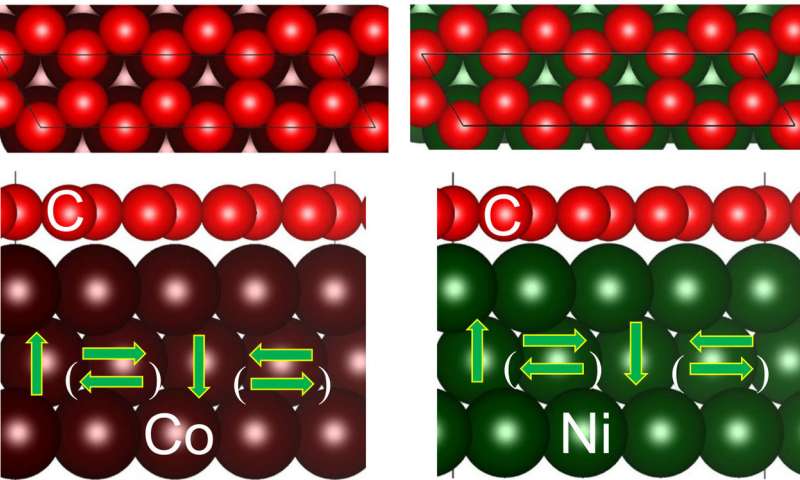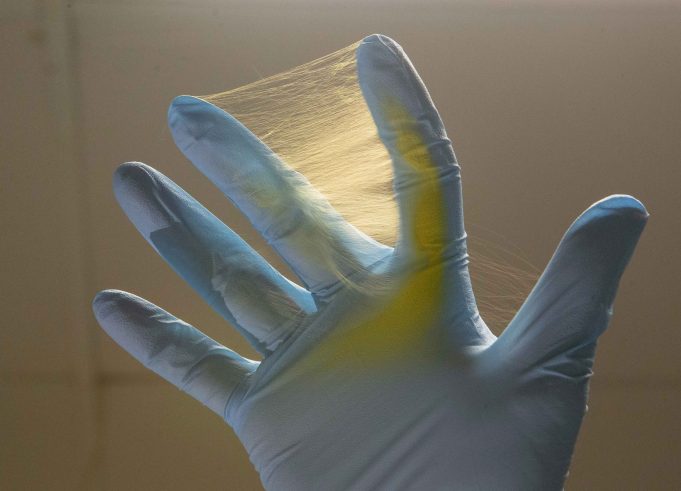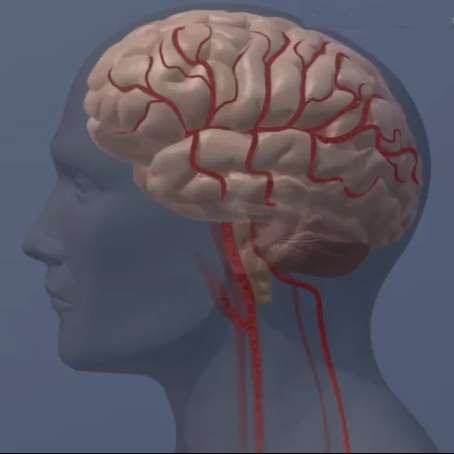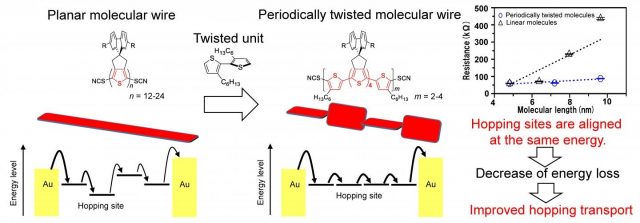Researchers working at the Department of Energy's Lawrence Berkeley National Laboratory (Berkeley Lab) coupled graphene, a monolayer form of carbon, with thin layers of magnetic materials like cobalt and nickel to produce exotic behavior in electrons that could be...
What may be viewed as the world's smallest incandescent lightbulb is shining in a Rice University engineering laboratory with the promise of advances in sensing, photonics and perhaps computing platforms beyond the limitations of silicon.
Gururaj Naik of Rice's Brown...
University of Arizona Health Sciences researchers recently completed a study that has the potential to improve cancer treatment for colorectal cancer and melanoma by using nanotechnology to deliver chemotherapy in a way that makes it more effective against aggressive...
Schottky diodes are composed of a metal in contact with a semiconductor. Despite their simple construction, Schottky diodes are tremendously useful components in modern electronics. Schottky diodes fabricated using two-dimensional (2-D) materials have attracted major research attention in recent...
A novel engineering process can deliver a safe and effective dose of medicine for brain tumors without exposing patients to toxic side effects from traditional chemotherapy.
University of Cincinnati professor Andrew Steckl, working with researchers from Johns Hopkins University, developed...
MIT neuroscientists have developed a new magnetic resonance imaging (MRI) sensor that allows them to monitor neural activity deep within the brain by tracking calcium ions.
Because calcium ions are directly linked to neuronal firing—unlike the changes in blood flow...
With a new nanoparticle that converts light to heat, a team of researchers has found a promising technology for clearing water of pollutants.
Trace amounts of contaminants such as pesticides, pharmaceuticals and perfluorooctanoic acid in drinking water sources have posed...
Seeing light emerge from a nanoscale experiment didn't come as a big surprise to Rice University physicists. But it got their attention when that light was 10,000 times brighter than they expected.
Condensed matter physicist Doug Natelson and his colleagues...
Researchers at Osaka University synthesized twisted molecular wires just one molecule thick that can conduct electricity with less resistance compared with previous devices. This work may lead to carbon-based electronic devices that require fewer toxic materials or harsh processing...
An international team of scientists is getting closer to perfecting molecule-sized motors that drill through the surface of cancer cells, killing them in an instant.
Researchers at Rice University, Durham (U.K.) University and North Carolina State University reported their success...
Research at IIT-Istituto Italiano di Tecnologia (Italian Institute of Technology) has led to the revolutionary development of an artificial liquid retinal prosthesis to counteract the effects of diseases such as retinitis pigmentosa and age-related macular degeneration that cause the...


